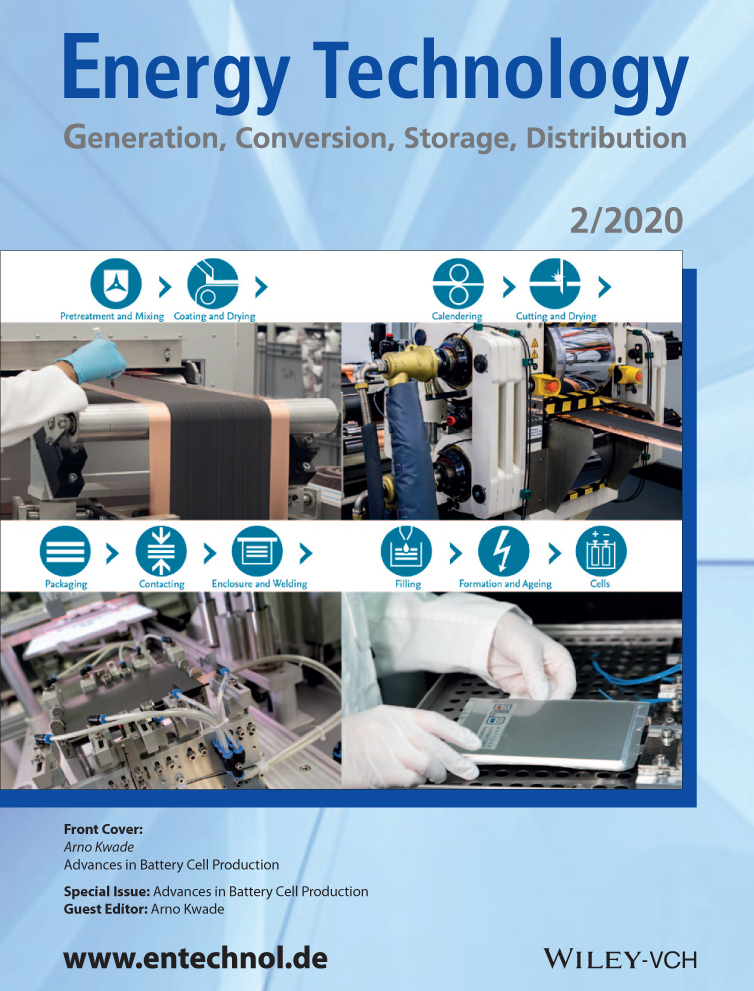Modeling the Influence of Mixing Strategies on Microstructural Properties of All-Solid-State Electrodes
Abstract
All-solid-state batteries currently have the disadvantage of low conductivity of the solid electrolytes (SEs) at room temperature and have issues with nonutilized active material (AM) and high reaction overpotentials due to a low SE/AM interface area. These limitations are partially due to the material properties because of the complex, yet nonoptimal production process. Therefore, a model-based investigation of the influence of microstructural properties on the electronic and ionic conductivities of all-solid-state electrodes is conducted. The objective of this work is to highlight the optimization potential of the mixing and premixing of AM, SE, and conducting additive. The results show that the premixing of AM and conducting additives increases the effective electronic conductivity compared with that of the nonpremixed electrodes. It allows a significantly lower additive volume fraction as the percolation threshold of the conducting additive network reaches earlier. Conducting additives are shown to decrease the effective ionic conductivity by increasing the tortuosity of the microstructures, an effect which can be reduced by premixing the conducting additive and SE.
Conflict of Interest
The authors declare no conflict of interest.




